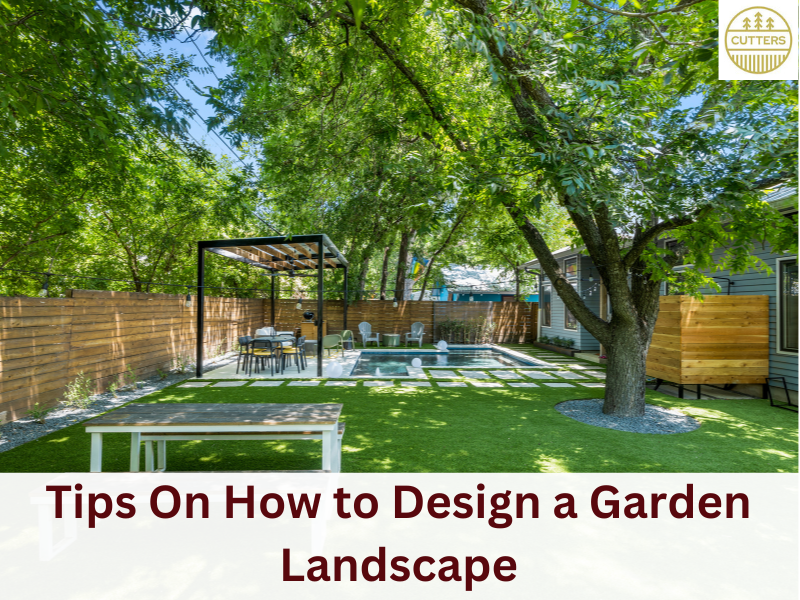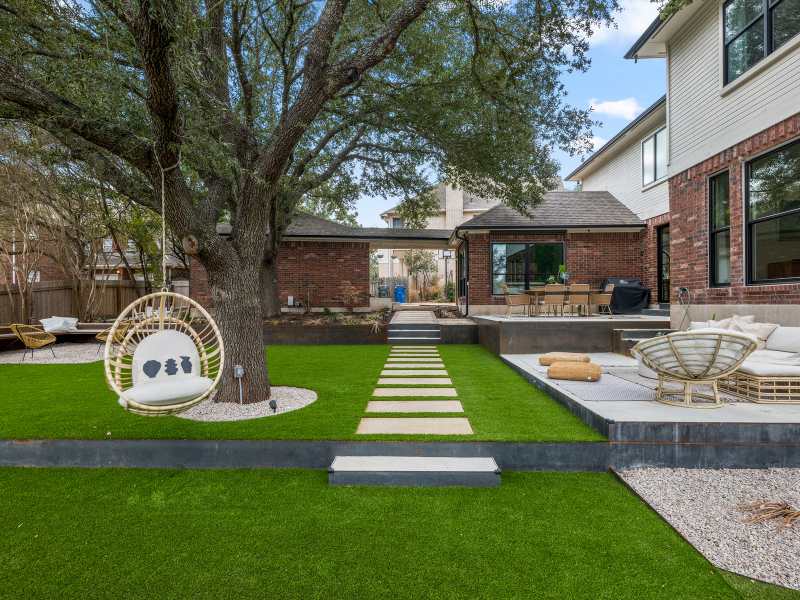6 Best Garden Landscape Design Tips
Planning a dream garden is an exciting journey. A well-designed landscape can enhance your home’s curb appeal, create a peaceful retreat, and even increase property value. But where do you start with landscape design? Right here, in a region rich with diverse climate and plant species, offering a broad range of landscape possibilities.
Planning is key to ensuring your garden design meets your needs and desires, and that’s where a professional landscaping contractor can be of great help. With the expertise and knowledge to guide you through this journey, they can transform your ideas into a breathtaking reality. Let’s explore how you can plan and create your perfect garden landscape.
Identifying Your Landscape Needs and Wants
- Start by listing what you need and want from your garden. Do you need a play area for your kids, or perhaps a peaceful corner for relaxation?
- Enlisting a landscape company can help you sort out your ideas and form a practical plan that suits your lifestyle and preferences.
Analyzing Your Garden Space
- Understanding your garden’s specifics is crucial. Factors such as soil type, sun and shade areas, and existing structures and plants all influence your design.
- A landscaping contractor can professionally assess your space and provide invaluable insights for your garden design.
Creating a Design Plan
- Sketch a rough layout of your garden, marking areas for different elements like pools, patios, and plant beds.
- To get the most out of your space, consult with a landscape design professional. They can help create a comprehensive plan that beautifully integrates all elements of your design.
Choosing the Right Plants
- Consider your garden’s conditions like climate and soil type when selecting plants.
- Opting for native plants in your landscaping can enhance the sustainability of your garden.
- A professional landscaping company can guide you through plant selection and suggest optimal placement for each plant type.
Implementing Your Design
- Once your plan is ready, you can start the landscape installation process.
- A landscape company can provide professional landscaping services, ensuring your design is implemented correctly and efficiently.
Maintaining Your Landscape
- Maintain your garden to keep it thriving. Regular watering, pruning, and pest control are essential.
- If upkeep is a concern, consider engaging landscaping services to handle your garden maintenance.
Conclusion
Designing a garden landscape is an artistic endeavor blending creativity and practicality. From identifying your landscape needs to analyzing your space, creating a design plan, selecting the right plants, implementing your design, and maintaining your landscape, each step plays a crucial role in shaping your dream garden.
Remember, you don’t have to navigate this journey alone. Our professionals at Cutters Landscaping, bring experience, skill, and a keen eye for design, guiding you to achieve a breathtaking landscape tailored to your unique needs and style.
Frequently Asked Questions
- Why do we need a landscape designer?
Hiring a landscape designer like us is crucial as we can conceptualize, design, and execute an aesthetically pleasing yet functional outdoor space that can increase your property’s value and appeal.
- What are considerations needed for landscape designs?
We advise that considerations for landscape designs include assessing soil quality, understanding the local climate, choosing appropriate plant species, and determining the practical functionality of the space.
- How do you make a good landscape design?
A good landscape design combines aesthetics, functionality, and sustainability. This involves selecting appropriate plants, creating usable spaces, and ensuring the design complements the home’s architecture.
- How can I make my landscape unique?
To make your landscape unique, we suggest integrating personalized elements that reflect your style, such as a custom water feature, sculpture, or using unique plant species and arranging them in creative ways.






